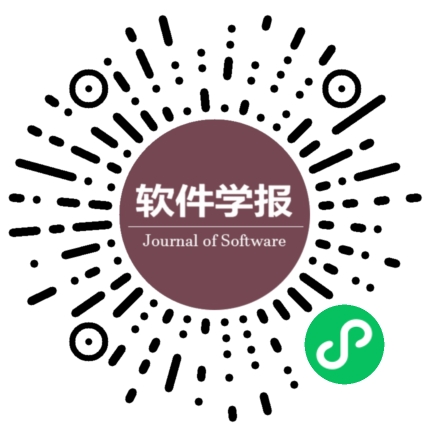Data-free Model Stealing Attack Method Based on Visual Feature Decoupling
Author:
Affiliation:
Clc Number:
TP309
Fund Project:
Get Citation
张锦弘,刘仁阳,韦廷楚,董云云,周维.基于视觉特征解耦的无数据依赖模型窃取攻击方法.软件学报,2025,36(10):4812-4826
CopyShare

Article Metrics
- Abstract:
- PDF:
- HTML:
- Cited by:
History
- Received:June 27,2023
- Revised:January 11,2024
- Adopted:
- Online: March 12,2025
- Published: October 06,2025
You are the firstVisitors
Copyright: Institute of Software, Chinese Academy of Sciences Beijing ICP No. 05046678-4
Address:4# South Fourth Street, Zhong Guan Cun, Beijing 100190,Postal Code:100190
Phone:010-62562563 Fax:010-62562533 Email:jos@iscas.ac.cn
Technical Support:Beijing Qinyun Technology Development Co., Ltd.
Copyright: Institute of Software, Chinese Academy of Sciences Beijing ICP No. 05046678-4
Address:4# South Fourth Street, Zhong Guan Cun, Beijing 100190,Postal Code:100190
Phone:010-62562563 Fax:010-62562533 Email:jos@iscas.ac.cn
Technical Support:Beijing Qinyun Technology Development Co., Ltd.



